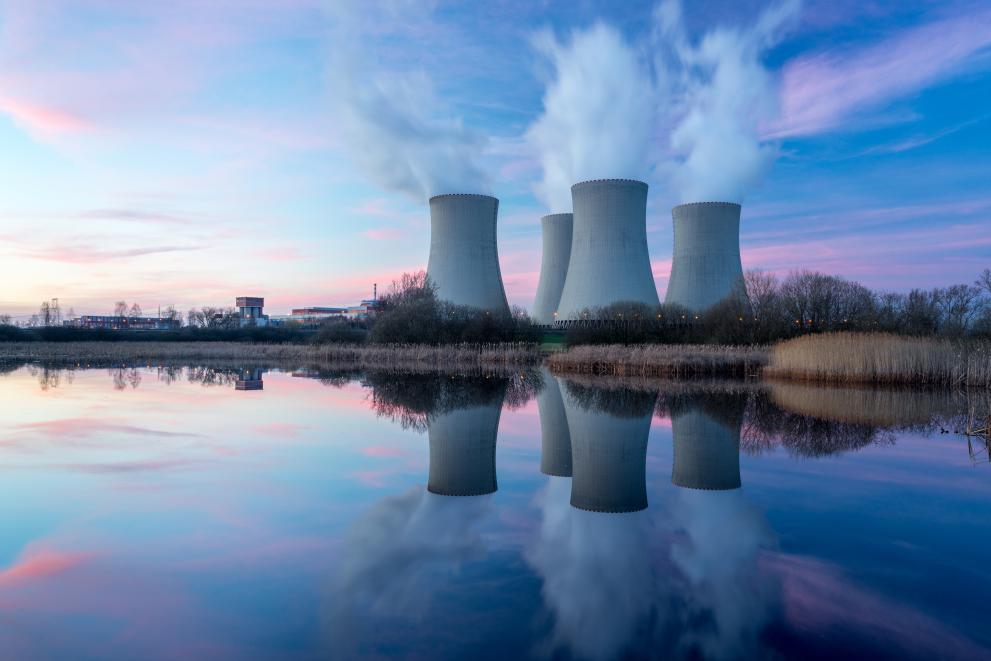
The JRC’s open access initiative opens four more world-class nuclear facilities to European researchers.
To ensure safe operations, it is crucial that nuclear reactor components like pressure vessels, heat exchangers, pipes and fuel claddings are able to withstand the operating conditions of nuclear reactors.
The newly open labs are at the JRC’s Environmental and Mechanical Materials Assessment (EMMA) facility in Petten, the Netherlands.
They are equipped to help scientists study and understand the fitness of components of nuclear power plants.
The JRC operates dozens of cutting-edge laboratories across Europe to conduct research for the benefits of EU citizens.
These labs can be useful to many other researchers who are also building the knowledge we need to tackle today’s big challenges.
That is why the JRC opens access to its research infrastructures, inviting scientists from all over Europe to conduct their research in labs funded by the EU budget.
Since the JRC first started the initiative in 2017, scientists from more than 20 EU and neighbouring countries have been running experiments in 12 JRC labs in Geel (Belgium), Ispra (Italy) and Karlsruhe (Germany).
Research for safe nuclear energy
The EMMA facilities have four laboratories that support the development of European and global standards for structural components and materials of nuclear reactors.
At the Structural Materials Performance Assessment Laboratories (SMPA), scientists can study basic material properties such as tensile, fatigue, fracture toughness and creep of components of nuclear reactors.
The Micro-Characterisation Laboratory (MCL) is dedicated to the study of microstructure and micro-mechanics.
Scientists can conduct research on material behaviour under various conditions (including high temperature), and contribute to the development of new and more advanced materials.
At the assessment of nuclear power plants core internals (AMALIA) laboratory, scientists can simulate the corrosive environments of light water reactors to measure cracking and corrosion.
With AMALIA, researchers can assess the life of nuclear components, and explore new test methods and simulation models.
For the safe operation of lead-cooled fast reactors, components have to operate in a high temperature liquid lead environment.
At the Liquid Lead Laboratory (LILLA), scientists can test whether materials are able to sustain long-term exposure to liquid lead.
Applications open now
Research institutions from all EU countries and countries associated to the Euratom Research Programme (Switzerland and Ukraine) can apply for access to the four EMMA labs.
Universities, research institutions, industry and small and medium enterprises are invited to apply before 31 January 2020.
Applications will be evaluated based on the scientific and socio-economic relevance of the proposed project through a peer-reviewed selection process.
Cutting-edge open access research
The latest opening of facilities follows a successful first two years of sharing JRC's research infrastructures.
Results of the first experiments are already having an impact.
For example, researchers from Bucharest, Romania are using the GELINA nuclear research facility at Geel, Belgium to advance their research on the reuse of spent nuclear fuel for energy and for the production of medical radioisotopes.
Other recent open access stories, such as the Dutch researchers who studied adobe 'mud bricks' to better understand how soldiers on peacekeeping missions can be protected, are available on the JRC’s Youtube channel.
Related Content
Details
- Publication date
- 19 December 2019
